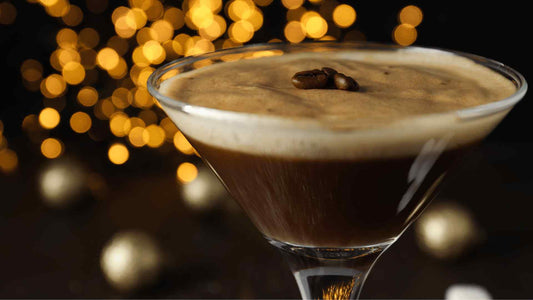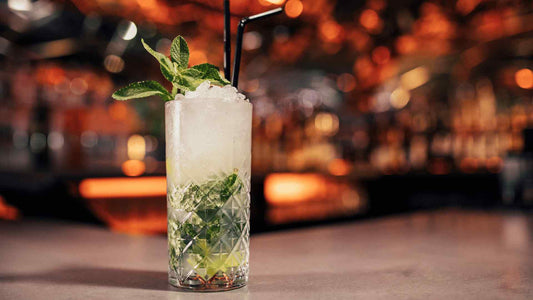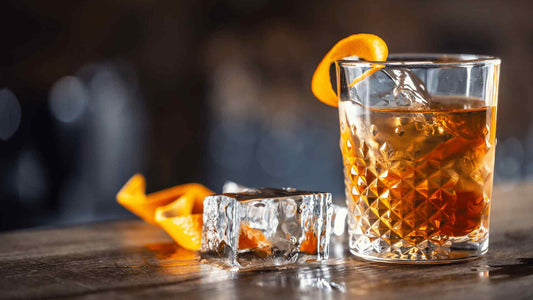Beer is a beverage beloved by many for its diverse array of flavors, aromas, and, notably, colors. From the pale golden hue of a pilsner to the deep, dark tones of a stout, the spectrum of beer colors is as varied as the styles themselves. But why exactly is beer so colorful? Let's dive into the fascinating world of beer chemistry and explore the factors that contribute to its wide range of hues.
The Role of Ingredients
One of the primary factors influencing beer color is its ingredients. The most significant contributors to color are the grains used in brewing, particularly malted barley. During the malting process, barley kernels are heated and dried, leading to the development of sugars and the creation of melanoidins, which impart color to the final beer. Pale malts produce lighter colors, while darker malts such as roasted barley or chocolate malt contribute rich browns and blacks.
Malt Roasting and Kilning
The degree to which malted grains are roasted or kilned also plays a crucial role in determining beer color. Pale malts are typically kilned at lower temperatures, resulting in lighter colors and mild flavors. In contrast, darker malts are roasted at higher temperatures, leading to caramelization and the formation of melanoidins, which yield deeper hues ranging from amber to ebony.
SRM (Standard Reference Method) is a scale used to measure the color intensity of beer. Here are the typical SRM values and their corresponding beer colors:
- SRM 1-2: Straw, Pale Lager
- SRM 3-4: Pale Ale, Pilsner
- SRM 5-6: American Lager, Blonde Ale
- SRM 7-9: Amber Ale, Vienna Lager
- SRM 10-14: Brown Ale, Dunkel
- SRM 15-20: Porter, Bock
- SRM 21-30: Stout, Schwarzbier
- SRM 31-40: Imperial Stout, Baltic Porter
- SRM 41+: Barleywine, Russian Imperial Stout
Adjuncts and Specialty Ingredients
Beyond malted barley, brewers may incorporate adjuncts and specialty ingredients to add complexity and character to their beers. These can include caramelized sugars, fruits, spices, and even unconventional additions like coffee or chocolate. Each of these ingredients brings its own unique color contribution, further expanding the palette of beer colors available to brewers.
Yeast and Fermentation
While grains and adjuncts are the primary determinants of beer color, yeast and fermentation also play a role. Certain yeast strains may produce compounds that interact with malt pigments, subtly influencing the final color of the beer. Additionally, the length and temperature of fermentation can impact color development, with longer, warmer fermentations generally resulting in darker beers.
Packaging and Conditioning
Finally, the way beer is packaged and conditioned can affect its appearance. Beers that undergo extended aging or conditioning periods may undergo further color changes due to oxidation or other chemical reactions. Additionally, the use of filtration or fining agents can clarify beer and alter its visual presentation.
The vibrant spectrum of colors found in beer is a testament to the complexity and artistry of the brewing process. From pale lagers to pitch-black stouts, each hue reflects a unique combination of ingredients, techniques, and brewing traditions. So the next time you raise a glass of beer, take a moment to appreciate the rainbow of colors before you, and toast to the endless possibilities of the brewer's palette. Cheers!



